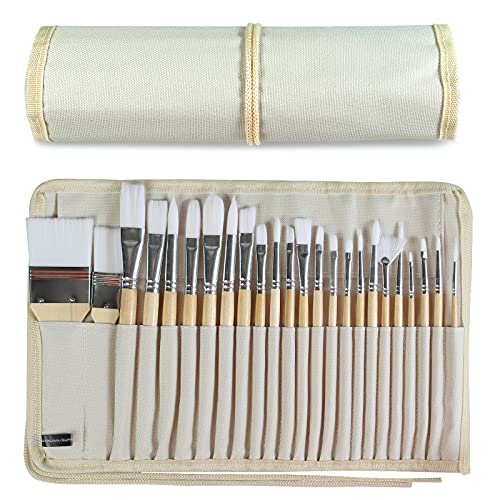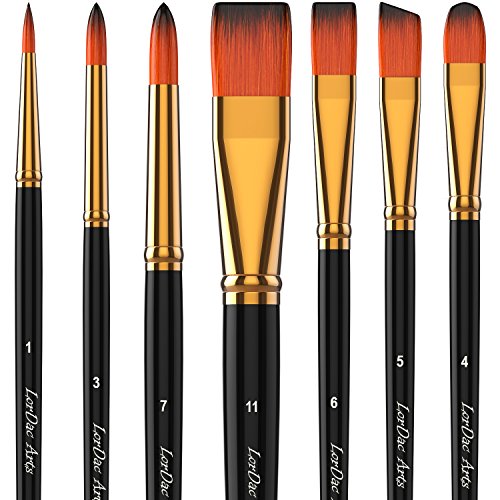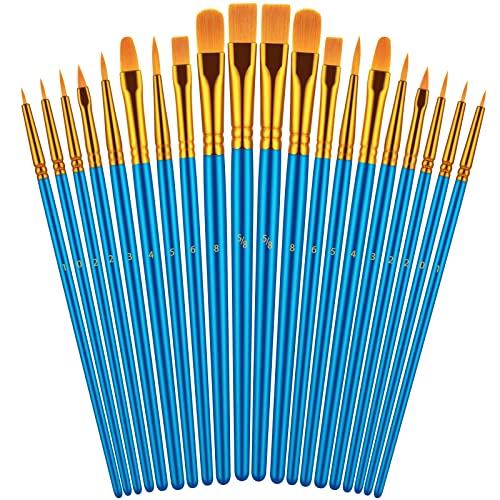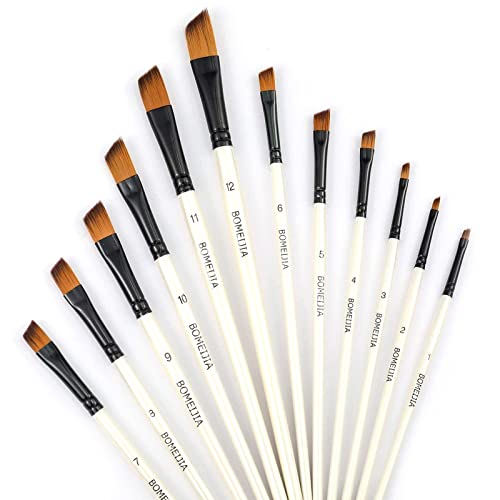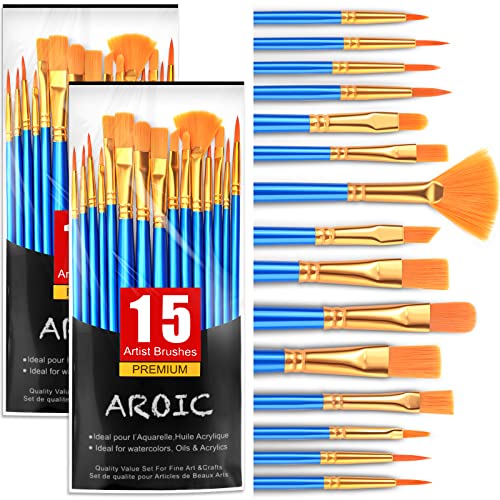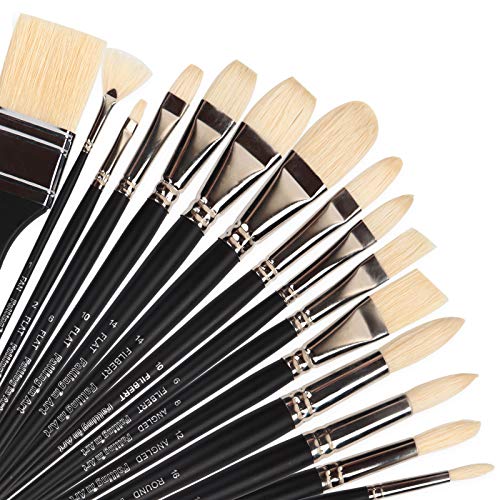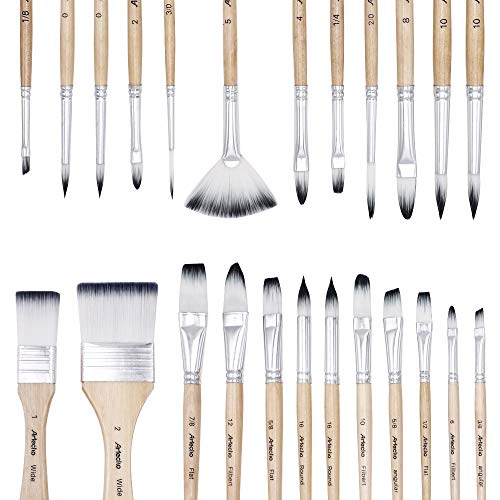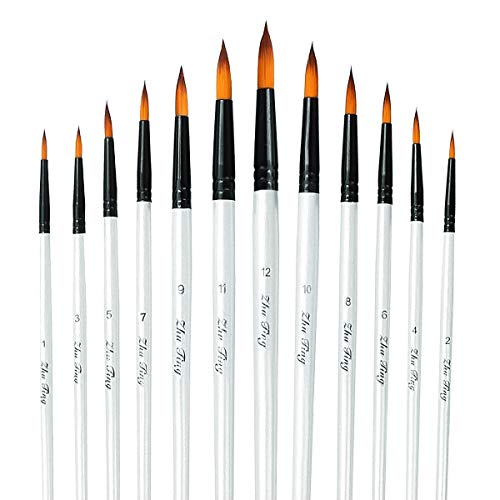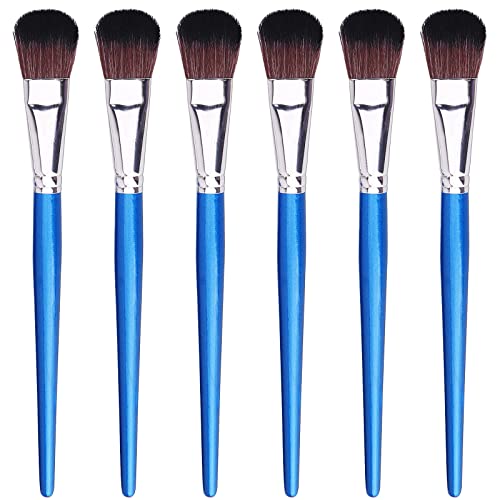Paint brushes are the quintessential tools of artists, providing them with the means to translate their creativity onto canvas, paper, or other surfaces. These humble yet indispensable instruments come in various shapes, sizes, and materials, each serving a unique purpose in the artist's toolkit. In this article, we'll delve into the fascinating world of paint brushes for art, from their history and types to techniques and the boundless artistic possibilities they offer.
A Historical Perspective
The history of paint brushes can be traced back thousands of years, with early examples found in ancient civilizations such as Egypt and China. These early brushes were crafted from natural materials like animal hair, bamboo, or reeds. As art evolved, so did the technology and craftsmanship behind paint brushes. Today, artists have access to an extensive array of brushes designed to cater to a wide range of artistic needs and styles.
Types of Paint Brushes
Paint brushes come in various types, each with distinct characteristics and applications:
Round Brushes: Round brushes have a pointed tip and a round, full body. They are versatile and can be used for fine lines, detailing, and broad strokes. Round brushes are a staple in every artist's collection.
Flat Brushes: Flat brushes have a squared-off tip and are known for their straight, sharp edges. They are ideal for creating precise lines, bold strokes, and even washes of color.
Filbert Brushes: Filbert brushes have a flat, oval-shaped tip that combines the characteristics of both round and flat brushes. They are perfect for blending, soft edges, and creating curved shapes.
Fan Brushes: Fan brushes have bristles spread out in a fan-like shape. They are often used for textural effects, blending, and creating foliage in landscapes.
Mop Brushes: Mop brushes have a large, round body with soft, full bristles. They are excellent for washes, blending, and applying broad areas of color.
Rigger Brushes: Rigger brushes, also known as liner brushes, have long, fine bristles that come to a precise point. They are ideal for creating fine lines, details, and calligraphy.
Dagger Brushes: Dagger brushes have a flat, angled shape with a fine point, making them suitable for creating sharp, expressive strokes and dramatic effects.
Materials and Bristles
Paint brushes are made with a variety of materials, and the choice of bristles significantly impacts the painting process:
Natural Bristles: Natural bristle brushes are made from animal hair, such as hog, sable, squirrel, or mongoose. They are ideal for oil and acrylic painting, offering good absorbency and flexibility.
Synthetic Bristles: Synthetic bristle brushes are made from man-made materials like nylon, polyester, or taklon. They are versatile and suitable for acrylics, watercolors, and various mixed media.
Sable Hair Brushes: Sable hair brushes, made from the fur of sable martens, are prized for their softness and precision. They are often used for delicate watercolor work.
Hog Bristle Brushes: Hog bristle brushes are stiff and resilient, making them ideal for oil and acrylic painting. They can handle thick paint and produce textural effects.
Techniques and Creative Possibilities
Paint brushes offer a multitude of techniques and creative opportunities:
Layering: Artists can layer colors to build up depth and complexity in their artwork. Brushes are essential for creating these overlapping layers.
Blending: Brushes can be used to blend and soften edges, creating smooth transitions between colors and shapes.
Dry Brushing: Dry brushing involves using a nearly dry brush to apply paint, creating textured and stippled effects, as well as highlights.
Texture: Brushes can be used to create various textures, from fine stippling to bold impasto strokes, adding dimension and tactile qualities to a piece.
Detail Work: Brushes are indispensable for adding fine details, such as intricate patterns, highlights, and fine lines, to artwork.
Paint brushes are the extension of an artist's hand and imagination, enabling them to convey emotions, tell stories, and capture the essence of their subjects on canvas, paper, or other surfaces. Whether you are a seasoned painter or a beginner embarking on your artistic journey, the world of paint brushes offers a vast array of choices and creative possibilities. Each brush type and material provides a unique set of characteristics that can be harnessed to achieve specific artistic effects.
As you select your brushes and dip them into vibrant pigments, remember that you are embarking on a journey of self-expression and creativity. Paint brushes, with their rich history and boundless potential, are the tools that transform your vision into tangible art. They invite you to explore, experiment, and create works that are uniquely yours, limited only by the depths of your imagination and the strokes of your brushes. In the world of art, paint brushes are the conduits that bridge the gap between inspiration and creation, offering endless opportunities to bring your artistic visions to life.
